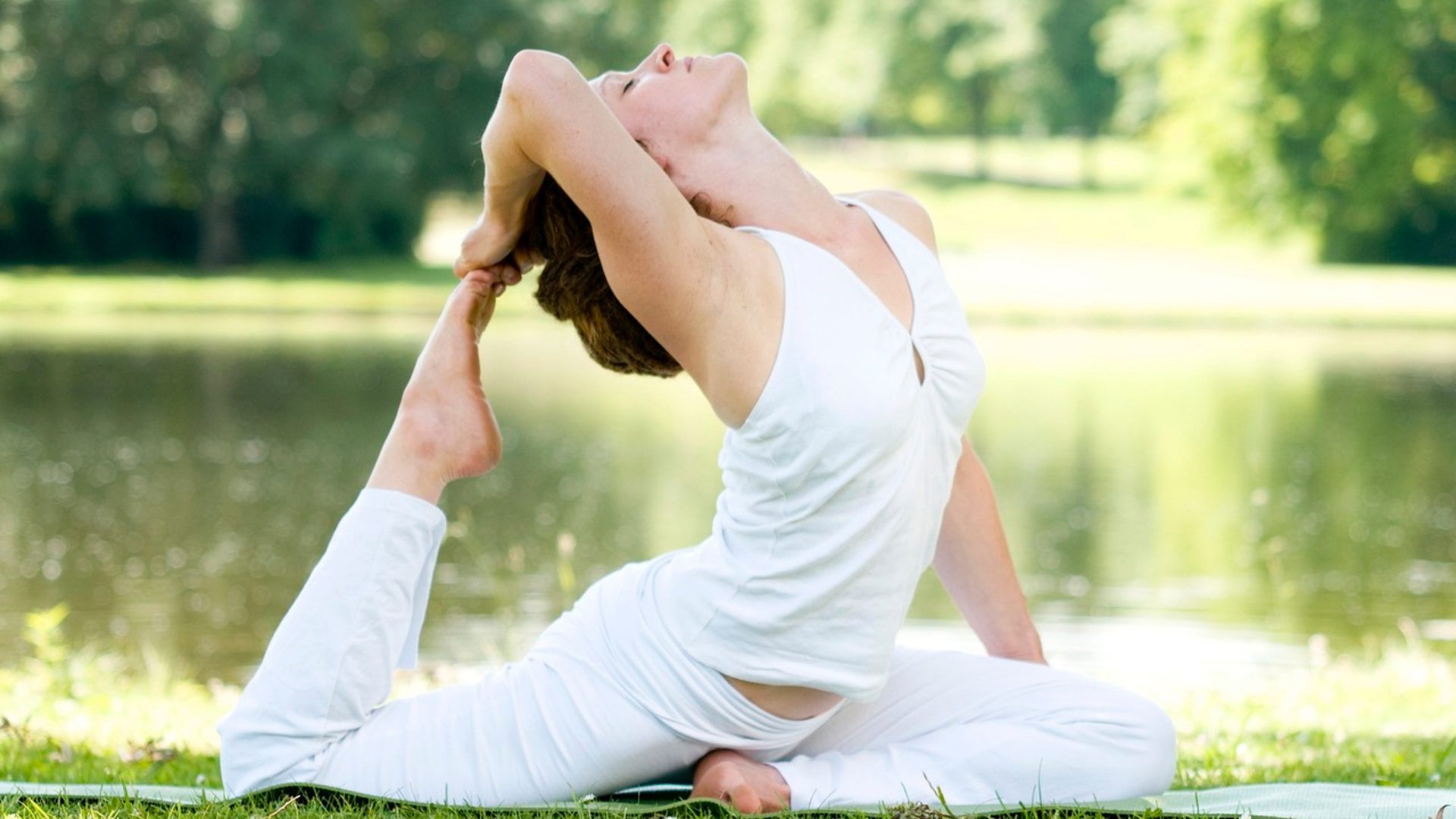In many yoga poses I like to dwell on the feeling of my spine decompressing. It’s a delicious sense of creating space within the spinal column.
In our modern, sedentary lives, many of us suffer from back pain and spinal discomfort. Whether it’s due to prolonged sitting, poor posture, or stress, these issues can significantly impact the health of our spine. In fact many people find that at the end of the day they have to adjust their rear vision mirror because they have lost height in the spine. Fortunately, yoga offers a gentle and effective approach to spinal decompression, helping individuals alleviate pain, improve flexibility, and promote overall well-being.
Yoga’s emphasis on stretching and lengthening the spine is particularly beneficial for those seeking relief from spinal compression. Poses like Cat-Cow, Downward-Facing Dog, and Child’s Pose gently elongate the spine, creating space between the vertebrae and relieving pressure on the discs. Regular practice of these poses can gradually reverse the effects of compression, leading to improved spinal health.
One of the most well-known yoga poses for spinal decompression is the Cobra Pose (Bhujangasana). This backbend stretches the front of the body, including the abdomen and chest, while strengthening the back muscles. As you arch your spine and lift your chest, you create a natural curve in your lower back, which counteracts the forward bending posture many of us assume throughout the day. The Cobra Pose not only relieves tension in the lower back but also enhances flexibility in the spine.
Another excellent pose for spinal decompression is the Bridge Pose (Setu Bandhasana). This posture involves lifting the pelvis off the ground while keeping the feet and shoulders rooted firmly. Bridge Pose strengthens the muscles that support the spine, including the lower back, glutes, and hamstrings. By strengthening these muscles, you provide better support to your spine and reduce the risk of compression-related discomfort.
Side bending asanas are a vital component of yoga practice, renowned for their efficacy in decompressing the spine and promoting flexibility. These postures, like the Half Moon Pose (Ardha Chandrasana) and Triangle Pose (Trikonasana), involve lateral stretches that elongate the spine, alleviating pressure on intervertebral discs and nerves. As you gently curve your body sideways, you engage the oblique muscles and stretch the paraspinal muscles, fostering spinal health and suppleness. Regular practice of side bending asanas can counteract the effects of sedentary lifestyles, reduce lower back pain, and enhance posture. They also enhance lung capacity, making them not only therapeutic but also invigorating for overall well-being.
Yoga’s focus on deep, controlled breathing also contributes to spinal decompression. Proper breathing techniques enhance circulation, delivering vital nutrients to the spinal discs and facilitating their repair and regeneration. Furthermore, deep breaths during yoga practice help relax the muscles surrounding the spine, allowing them to release tension and reduce compression.
Meditation and mindfulness, integral components of yoga, can also help manage stress and its impact on spinal health. Chronic stress can lead to muscle tension, which exacerbates spinal compression. By incorporating meditation into your yoga practice, you can reduce stress levels, relax your muscles, and support spinal decompression.
Before starting a yoga practice for spinal decompression, it’s advisable to consult with a healthcare professional, especially if you have pre-existing spinal conditions or injuries. They can provide guidance on which yoga poses are safe for you and recommend modifications if needed.
It’s essential to remember that yoga for spinal decompression is not a quick fix. It requires consistency and patience. So roll out your mat, take a deep breath and exhale into the journey to a strong, long and flexible spine.
By Vrndavan Dasi
Founder and Principal of Veda Yoga Teacher Training
